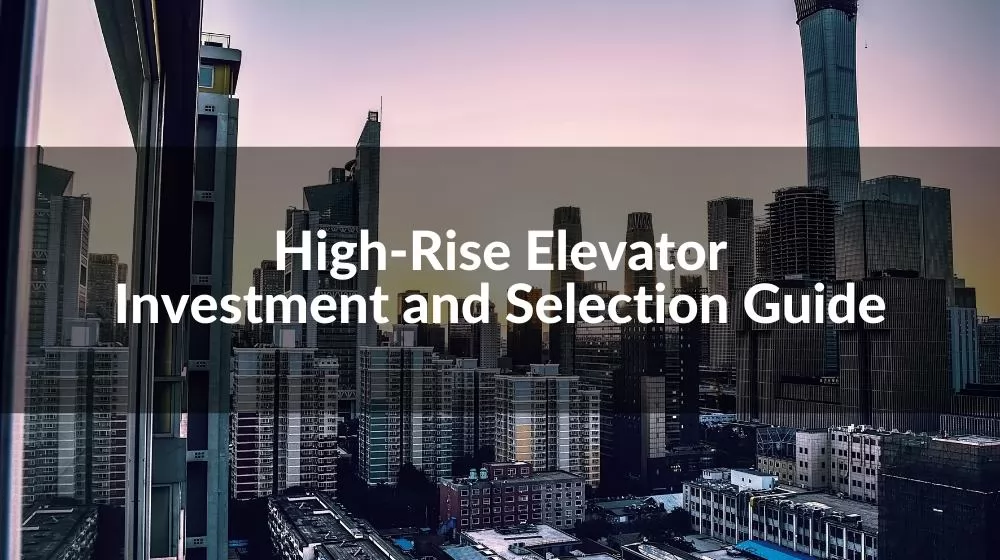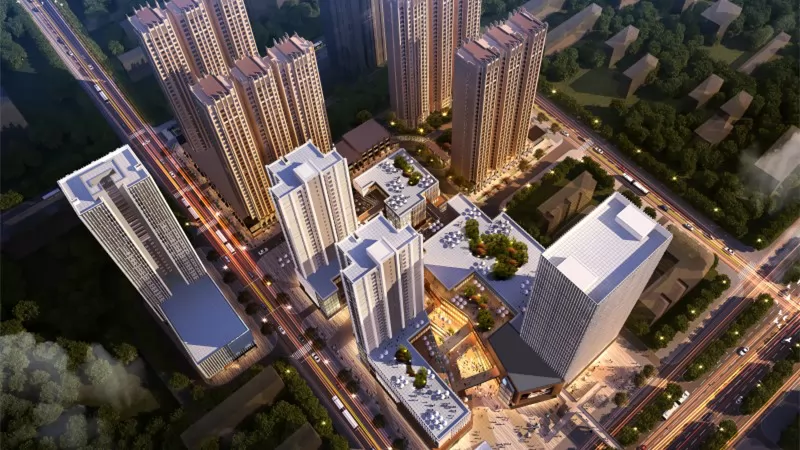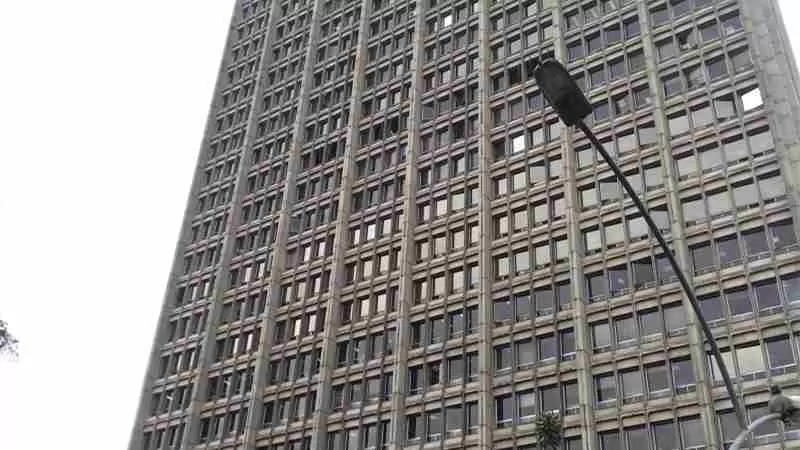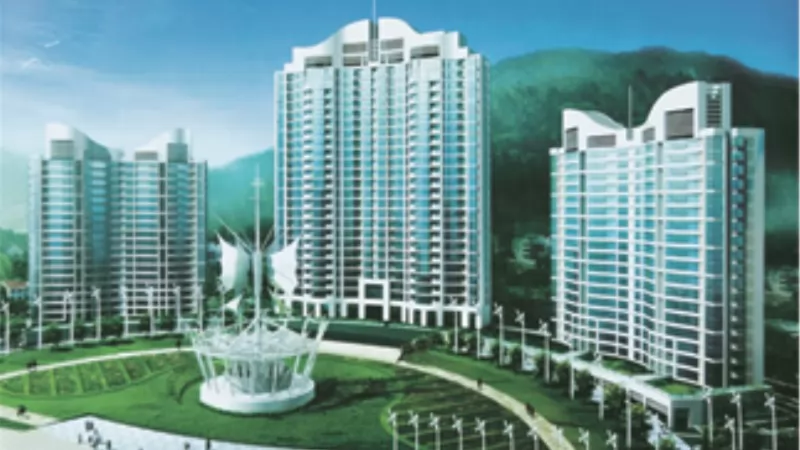
The high-rise elevator is the cornerstone of the upward development of high-rise buildings. Modern elevator systems enable vertical expansion of buildings from mid-rise to high-rise structures to skyscrapers.
From the speed at which elevators can now run, the loads they can carry, to their aesthetics and lack of solid walls, their technology has been evolving rapidly.
This article will take you to understand the investment advantages and selection guide of high-rise elevators
Why invest in the best elevators for high-rise buildings?
For high-rise buildings, elevators are essential.
Investing in the best elevator for your high-rise building has many benefits. A high-quality high-rise elevator can provide:
Optimized traffic flow
As an important transportation facility, elevators in high-rise buildings can be effectively improved by choosing elevator products with excellent quality and stronger carrying capacity.
Modern elevators do not take orders from passengers. Instead, they use an artificial intelligence system to guide the carriages, making them very efficient.
Asset value
There is no doubt that the superior riding environment brought by a high-quality elevator can enhance the value of your property, and the owner will also evaluate the level of the elevator.
Less energy consumption
Environmental protection and energy saving are common topics, and high-quality elevators and first-class elevator manufacturers will pay more attention to energy consumption.
Beautiful building
Reasonable elevator design and location arrangement can greatly affect the aesthetics of the entire building, thereby affecting its property value.
Greater passenger flow
With the increase of owners, the passenger flow that the larger carrying capacity can bear is also one of the considerations for the owners.
Less elevator footprint
With the advancement of elevator technology, elevators are reducing the floor space as much as possible while bringing more carrying capacity.
High-rise building elevators need attention
_1665307484_WNo_800d450.webp)
There is no doubt that the dependence of elevators in high-rise buildings is quite serious, which has to make people re-evaluate the role and selection of high-rise elevators.
When designing any elevator project, it is considered in conjunction with the building. Building codes are broad and complex, but there are a few related ones that are very important:
-
Fire protection requirements
-
Well opening protection
-
Accessibility Requirements
-
HVAC Requirements
-
Plumbing and Fire Extinguishing
-
Electrical, Fire Alarm and Life Safety
Among them, the elevator planning for high-rise buildings needs to be considered:
Equipped with fire elevator
After 9/11, architects and owners have completely re-evaluated the role of elevators in fire exits. Today, regulations require buildings to be equipped with dedicated fire-fighting elevators whose finishes must adhere to a prescribed fire rating of at least 2-3 hours. They operate through separate circuits, allowing for relatively seamless evacuation operations in the event of a fire, especially enhancing compliance in fire-safe spaces. Additionally, these elevators need to be placed in mechanically pressurized elevator lobbies to control and suppress fires.
Fire safety inspection
Unlike low-rise structures, elevators in high-rise structures require more safety checks, involving more climbing speeds, different mechanisms (eg gearless motors compared to traction gear hydraulic motors), reinforced cables, and peripheral equipment, motor rooms, etc. advanced communication system between. Fire safety regulations also determine the selection of elevators, the height of the machine room, and the distance between the car top and the foundation pit.
Harmonization of Specifications
Coordination of lift capacity, load, size, speed, type and model is important to avoid hoistway dimensional changes or any errors
This is because multiple factors such as the capacity, load, size, speed, system type, model and brand of the elevator to be installed are the basis for the final design.
High-rise building elevator planning

In prefabricated buildings, building elements consisting of columns, beams, shear walls, etc. are manufactured in a prefabricated factory according to architectural and engineering designs and approved construction drawings. Once made, dimensional changes are not possible.
Here are the dos and don'ts for elevator coordination in prefab buildings:
-
Elevator selection should be made prior to final approval of prefab shop drawings.
-
Elevator critical dimensions shall be coordinated with architectural and engineering shop drawings and approved prefab shop drawings. Critical dimensions shall include coordination with shaft openings.
-
The design and siting of the elevator machine room should be coordinated by the prefabrication contractor and the elevator supplier.
-
Special attention should be paid to the hoisting requirements of elevator equipment.
-
Tolerances for precast concrete shaft construction should be within the tolerances required by the elevator supplier.
-
Special attention should be paid to the installation details of the elevator guide rails.
-
Route building services to elevator equipment and services that affect required clearance and elevator operation.
High-rise building elevator product selection

-
Elevator design
Pre-planning of elevators includes optimal selection of the number, speed and size of elevators. This is done by conducting a traffic analysis taking into account project type, number of sites, number of core apartments, etc. After finalizing the quantity, speed and scale, a common vendor-independent design was used to ensure that all elevator suppliers were able to supply the right elevator for our project.
-
Elevator Specifications
In high-rise buildings, elevators are in great demand in terms of safety, reliability, ride quality, technology and diagnostics. It has changed from both customer and supplier perspectives. Customers are now more sensitive to safety, reliability and ride quality. At the same time, suppliers have become more sensitive to customer satisfaction.
-
Additional features
Additional systems such as floor control system, NFC, dialogue system, etc. are also systems that are often installed in high-rise buildings, which is a further step in ease of use.
-
Elevator quality and after-sales service
When choosing your elevator supplier, you need to verify some of their qualifications and services:
- Whether there is a professional technical team and maintenance team to support overseas sales
- Are safety components such as elevators CE certified?
- What are the annual sales and main customers of the elevator company?
- The distribution range of overseas markets, the larger the market distribution, the greater the production capacity of this elevator manufacturer
Modernization of elevators in high-rise buildings

The modernization of high-rise elevators is also one of the very important means to ensure the value of buildings.
Generally speaking, the service life of elevators is only about 20 to 30 years. Over time, the elevator begins to age.
Components are aging, systems are outdated, and elevator maintenance costs increase. This is when the elevator needs to be modernized, parts replaced, and parts upgraded. Improve the safety and value of elevators.
Safe question
The need for multiple elevators has been around for over 20 years (or earlier). Elevators began to have various safety problems, and some elevators were not equipped with advanced safety devices. There are huge security risks.
Elevators require frequent maintenance, and passengers feel uneasy.
Updated with new safety regulations. The elevator is not up to standard and needs to be upgraded.
Efficiency issues
Aging components lead to lower elevator operation efficiency and longer waiting times for passengers.
Maintenance cost issue
Restricted by the technical conditions at that time, most of the elevators put into use 20 years ago used gear-driven main engines with high energy consumption. A few elevators still use the outdated variable frequency speed control device, which consumes very high energy.
Elevators are aging and require frequent maintenance. Maintenance costs are also increasing.
Preventing security incidents requires more attention.
User experience issues
Frequent elevator problems can upset owners. Especially older passengers.
In high-rise buildings, due to the elevator problem, the owner will choose to replace the better office space.
Worn elevators can affect a building's value.
Choosing the Best High-Rise Building Elevator
For details, please click to read how to choose elevator manufacturer
If you choose Hosting Elevator, then you will get a lot of benefits. Contact us now to get the latest quotation and consultation!
For more information, you can visit our website.
Read More:
List: Top 10 Elevator Companies in World(Updated 2022)
Top 10 Elevator Manufacturers in China 2022


